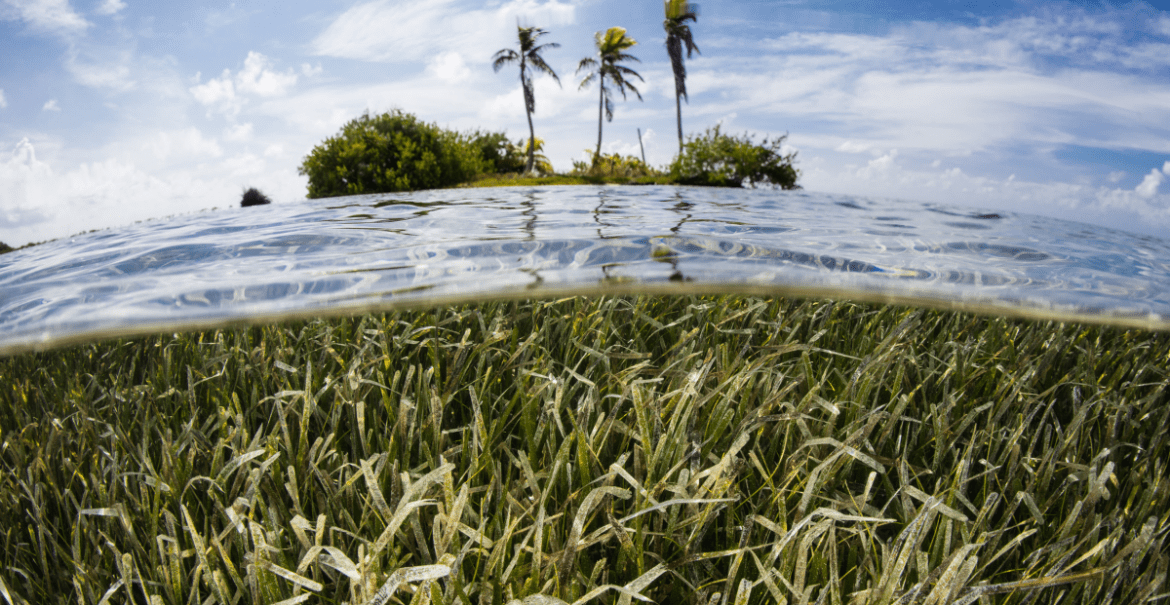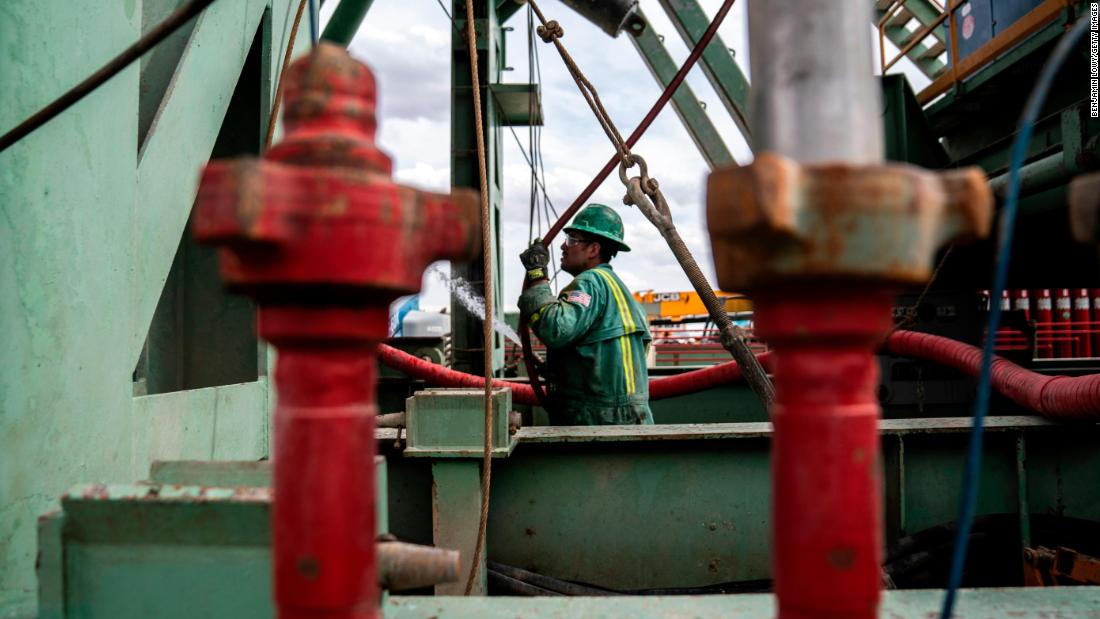Boosting Scotland's Marine Life: The Importance Of Seagrass Planting Initiatives

Table of Contents
The Ecological Significance of Seagrass Meadows in Scotland
Seagrass meadows are often referred to as the "lungs of the sea," playing a vital role in supporting Scotland's biodiversity and the health of our coastal ecosystems. These underwater flowering plants provide a complex habitat that supports a wide range of species, contributing significantly to the overall health of our marine environment.
-
Seagrass as a nursery habitat for fish and shellfish: Many commercially important fish and shellfish species rely on seagrass meadows as nurseries, using them for shelter and feeding grounds during their juvenile stages. This contributes directly to the sustainability of Scotland's fisheries. Species like cod, plaice, and various crustaceans depend on this crucial habitat.
-
Carbon sequestration and climate change mitigation: Seagrass meadows are incredibly efficient carbon sinks, absorbing carbon dioxide from the atmosphere at a rate much higher than terrestrial forests. This carbon sequestration helps mitigate climate change and improve the overall health of our oceans. Studies have shown that Scottish seagrass meadows play a significant role in this vital process.
-
Coastal protection from erosion and storm damage: The dense root systems of seagrass meadows stabilize sediments, reducing coastal erosion and providing a natural buffer against storm damage. This protection is increasingly crucial in the face of rising sea levels and more frequent extreme weather events. The presence of healthy seagrass meadows can significantly lessen the impact of coastal erosion on Scotland's vulnerable shorelines.
-
Improved water quality through filtration: Seagrass meadows act as natural filters, improving water clarity by trapping sediments and absorbing excess nutrients. This enhanced water quality benefits other marine life and supports the overall health of the ecosystem. Reduced pollution from agricultural runoff and other sources directly benefits seagrass health.
-
Specific examples of Scottish seagrass species and their importance: Scotland is home to several seagrass species, including Zostera marina (common eelgrass) and Zostera noltii (dwarf eelgrass), both of which are crucial for biodiversity and ecosystem services. Further research into these specific species and their individual roles within the Scottish marine ecosystem is ongoing.
Threats to Scotland's Seagrass and the Urgent Need for Restoration
Despite their ecological importance, Scotland's seagrass meadows are under severe threat. A combination of factors contributes to their decline, highlighting the urgent need for restoration efforts.
-
Pollution (agricultural runoff, sewage): Excess nutrients and pollutants from agricultural runoff and sewage discharge can lead to eutrophication, causing algal blooms that smother seagrass meadows and reduce oxygen levels in the water.
-
Coastal development and dredging: Coastal development projects and dredging activities often result in direct habitat loss and damage to seagrass meadows. The disruption of sediment and increased turbidity can also negatively impact seagrass growth.
-
Fishing gear damage: Fishing gear, particularly bottom trawls, can cause significant damage to seagrass meadows, resulting in habitat loss and fragmentation. Sustainable fishing practices are needed to minimize this impact.
-
Climate change impacts (sea temperature rise, ocean acidification): Rising sea temperatures and ocean acidification, both consequences of climate change, pose significant threats to the survival of seagrass meadows. These changes can stress seagrass plants, reducing their ability to grow and reproduce.
-
Disease outbreaks: Disease outbreaks can severely affect seagrass meadows, causing widespread mortality and habitat loss. Research into the causes and potential control of these diseases is crucial for effective conservation.
The consequences of seagrass loss are severe, leading to reduced biodiversity, decreased fisheries productivity, increased coastal erosion, and a diminished capacity to mitigate climate change. The decline of these vital ecosystems has a cascading effect on the entire Scottish marine environment.
Seagrass Planting Initiatives: Methods and Success Stories
Seagrass planting initiatives are crucial for restoring degraded habitats and boosting Scotland's marine life. Several methods are employed, each with its own challenges and successes.
-
Seed collection and sowing: Seagrass seeds are collected and sown directly onto the seabed, relying on natural processes for germination and establishment. This method is cost-effective but can be less successful in areas with high sedimentation or strong currents.
-
Transplanting of seagrass shoots or plugs: This involves transplanting small sections of established seagrass meadows to new locations. This method offers higher success rates but requires more labor and resources.
-
Restoration of degraded areas: Restoring degraded seagrass areas requires addressing the underlying causes of degradation, such as pollution or physical damage, in addition to planting new seagrass. This often involves community engagement and collaboration with local stakeholders.
-
Monitoring and evaluation techniques: Regular monitoring and evaluation are crucial to assess the success of seagrass planting initiatives and adapt strategies as needed. This involves measuring seagrass growth, density, and the overall health of the restored habitat.
-
Examples of successful seagrass restoration projects in Scotland: Several successful projects are underway in Scotland, demonstrating the potential for seagrass restoration. These initiatives often involve collaboration between researchers, conservation organizations, and local communities. (Specific examples of projects could be included here if publicly available information is found).
Community Involvement and Citizen Science in Seagrass Restoration
Community involvement and citizen science are essential for the long-term success of seagrass restoration efforts.
-
Volunteer programs for planting and monitoring: Volunteer programs provide valuable support for planting and monitoring activities, fostering a sense of stewardship among local communities.
-
Educational initiatives to raise awareness: Educational initiatives are crucial for raising awareness about the importance of seagrass meadows and the threats they face. Engaging the public helps secure ongoing support for conservation efforts.
-
Data collection and sharing through citizen science platforms: Citizen science platforms allow volunteers to collect valuable data on seagrass distribution, health, and the effectiveness of restoration efforts. This data complements scientific monitoring and contributes to a broader understanding of seagrass ecosystems.
Conclusion
Seagrass planting initiatives are crucial for boosting Scotland's marine life and safeguarding the health of our coastal ecosystems. By tackling the threats to seagrass meadows and actively engaging in restoration efforts, we can protect biodiversity, mitigate climate change, and enhance the resilience of our seas. The success of these projects hinges on collaborative efforts involving scientists, policymakers, and the wider community. Let's work together to protect and restore Scotland's valuable seagrass meadows through continued investment in and support of seagrass planting initiatives. Get involved and learn how you can contribute to this vital conservation effort!

Featured Posts
-
 Nuggets Vs Warriors Westbrook Enters Nba History Books
May 04, 2025
Nuggets Vs Warriors Westbrook Enters Nba History Books
May 04, 2025 -
 Hong Kong Restaurant Review Honjo A Fun Modern Japanese Restaurant In Sheung Wan
May 04, 2025
Hong Kong Restaurant Review Honjo A Fun Modern Japanese Restaurant In Sheung Wan
May 04, 2025 -
 Nyc Filming Bradley Cooper Directs Will Arnett For Is This Thing On Photo 5133881
May 04, 2025
Nyc Filming Bradley Cooper Directs Will Arnett For Is This Thing On Photo 5133881
May 04, 2025 -
 Former Ufc Challengers Six Month Suspension For Anti Doping Violation
May 04, 2025
Former Ufc Challengers Six Month Suspension For Anti Doping Violation
May 04, 2025 -
 Opec Decision Looms As Big Oil Holds Firm On Production
May 04, 2025
Opec Decision Looms As Big Oil Holds Firm On Production
May 04, 2025
Latest Posts
-
 Max Verstappen Fatherhood And The Miami Grand Prix
May 04, 2025
Max Verstappen Fatherhood And The Miami Grand Prix
May 04, 2025 -
 Verstappens First Child Name Revealed Before Miami Grand Prix
May 04, 2025
Verstappens First Child Name Revealed Before Miami Grand Prix
May 04, 2025 -
 Max Verstappens New Arrival Babys Name Announced Before Miami Gp
May 04, 2025
Max Verstappens New Arrival Babys Name Announced Before Miami Gp
May 04, 2025 -
 Formula 1 Star Max Verstappen Becomes A Father
May 04, 2025
Formula 1 Star Max Verstappen Becomes A Father
May 04, 2025 -
 Verstappen And Partner Welcome First Child Name Revealed
May 04, 2025
Verstappen And Partner Welcome First Child Name Revealed
May 04, 2025
